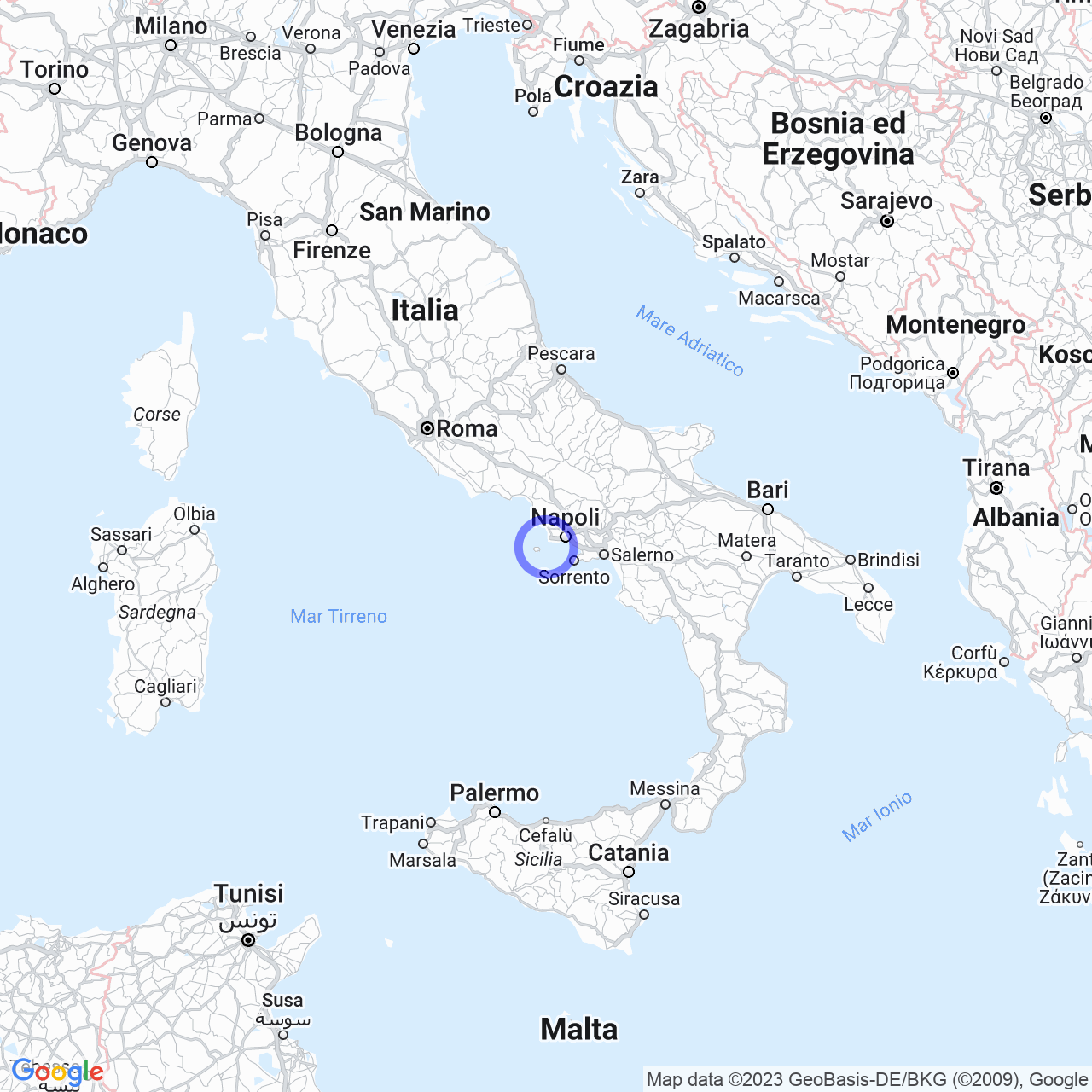Procida
Monte di Procida: a commune in the Flegrean Peninsula
If you are looking for an Italian location to spend your holidays, Monte di Procida may be the right choice for you. It is a municipality located in the metropolitan city of Naples, in Campania, with a population of approximately 11,700. Monte di Procida is situated on the Flegrean Peninsula, facing the island of Procida. In this article, you will discover all the details about the history and territory of this municipality.

Physical Geography
Territory
Monte di Procida represents the most extreme part of the Flegrean Peninsula. It is a promontory that extends to the island of Procida, from which it is separated by the Procida channel. To the west lies the Isolotto di San Martino, a small island that was once connected to the mainland by a bridge, now collapsed.
History
The territory of Monte di Procida has been inhabited since the Middle-Upper Neolithic period. According to Dionysius of Halicarnassus, in the 6th century BC, the current Monte di Procida was part of a village in the city of Cumae and was therefore called Monte Cumano for centuries.
After the foundation of the colony of Misenum (Bacoli), Monte di Procida became an integral part of this territory, taking on the name Monte Miseno. In the 5th century AD, the barbarians devastated the Flegrean Fields and pushed as far as Baia (Bacoli) and Misenum. Around 850 AD, the Saracens destroyed Misenum, forcing its inhabitants to flee. Some of them reached the island of Procida, while others moved to a flat area inland, now Frattamaggiore.
With Misenum cancelled, its territory was aggregated to the island of Procida, with the mainland territory in a state of complete abandonment. The mountain had been covered in wild vegetation, so much so that in the second half of the 15th century, King Ferdinand I of Naples had designated "the Mountain" for royal hunts. The true colonization and repopulation began only in the 17th century, carried out by the Procida people, who consolidated their presence on the mountain.
Over time, there was gradual deforestation and the cultivation of wheat and grapes began, producing the famous Montese wine. The breeding of domestic animals and the terracing of the land gave a great boost to the development of Monte di Procida. The trade of these products gave rise to the traditional Montese sailing, which reached its peak in the 20th century.
The municipality was established administratively in 1907, when a referendum resulted in the separation of the mainland and the Isolotto di San Martino from the rest of the municipality of Procida.
The Church of Madonna Assunta
Around the mid-17th century, the first chapel was built in Monte di Procida, which would later become the Church of Madonna Assunta. Today, this church is highly admired by the faithful and visitors, who come from as far as the United States to participate in the patronal feast on August 15th.
Conclusion
Monte di Procida is a municipality with an ancient and fascinating history that has been able to preserve its natural and cultural treasures intact. If you are looking for a location to spend your holidays, Monte di Procida may be the right destination. Visit the Church of Madonna Assunta, enjoy the famous Montese wine, and let yourself be captivated by the natural beauty of the Flegrean Peninsula.
